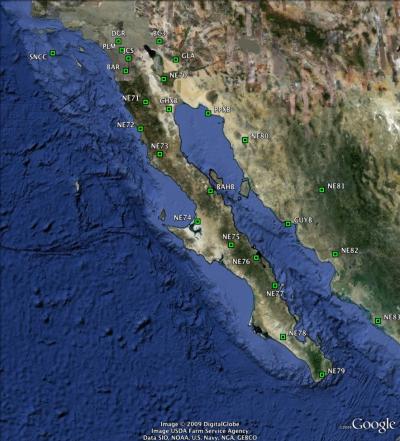


You are analyzing the data, not interpreting them! Step 2 In this activity you are focusing on observations, not interpretations, meaning that you do not need to worry about why there is or is not a pattern, you just need to observe and record what you see. For surface data (topography and seafloor age) you are looking for where the surface is high and where it is low, where it is old and where it is young. For the point data (volcanoes and earthquakes) you are looking for distribution patterns. Exactly what you look for will vary with data type. Are they easy or difficult to find? Looking closely at your data type, start making notes about the spatial distribution of the data points. Start by locating all the numbered plate boundaries on your assigned map. You will be asked to summarize your observations so write down your conclusions and be prepared to teach your peers! Step 1Įxamine your assigned map. Later in lab today, you will be joining a live video conference in small groups to share your observations with your group mates.

You will each, individually, study your data set and attempt to draw conclusions about what geological features and processes characterize each of the numbered plate boundaries. You will also be assigned a map displaying one of four data sets: volcanoes, earthquakes, topography/bathymetry, and seafloor age. Seven plate boundaries are highlighted and numbered on your map. To start, download or view the plate boundaries map. Ocean-Ocean Transform (where oceanic crust is moving horizontally in opposite directions across a transform fault).Continent-Continent Convergent (where two plates of continental crust are moving toward one another).Ocean-Continent Convergent (where oceanic and continental crust are moving toward one another leading to the subduction of the oceanic crust).Ocean-Ocean Convergent (where two plates of oceanic crust are moving toward one another leading to the subduction of one plate).Ocean-Ocean Divergent (the boundary between two plates where oceanic crust is being pullled apart).In groups, we will examine five types of plate boundaries today: Sawyer at Rice University and modified based on teaching experiences at the SEOS department of the University of Victoria, Canada. This activity is based on the “Discovering Plate Boundaries” activity by Dale S. In this activity you will learn to identify types of plate boundaries based on the characteristics they exhibit. Lab 1 Exercises Activity I: Plate Boundary Characteristics


 0 kommentar(er)
0 kommentar(er)
